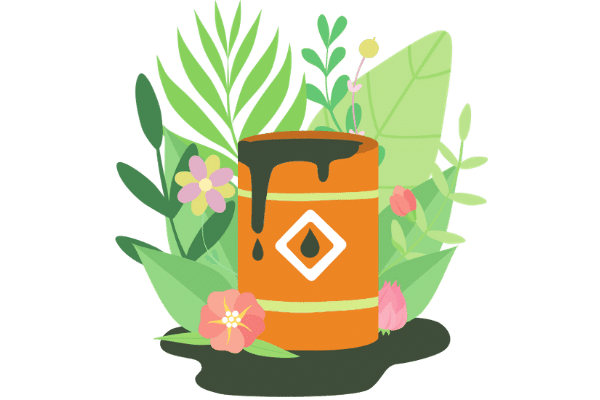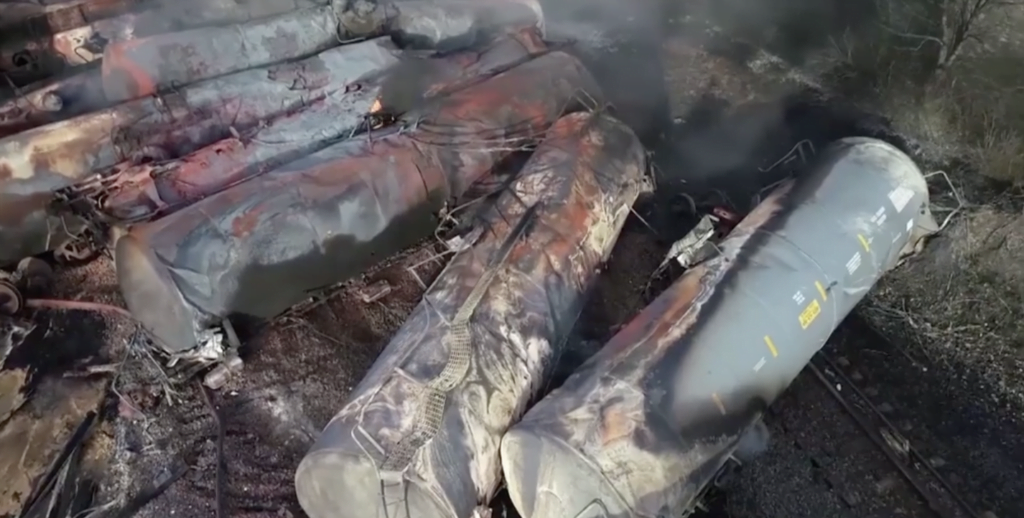0
£0.00
Mini Cart
Empty cart
No products in the cart.

Clean and safe drinking water is essential to our health and well-being. However, according to the Environmental Protection Agency (EPA), many small, rural, and underserved communities in the United States are suffering from exposure to harmful contaminants in their drinking water. One of the more harmful and known such contaminants is the PFAS, also known as forever chemicals because they can take millions of years to fully degrade.
The Biden presidency, in partnership with EPA has just announced a $2 billion PFAS cleaning program that will be made available to communities via grants.
These grants can be accessed through EPA’s Emerging Contaminants in Small or Disadvantaged Communities (EC-SDC) Grant Program. This investment will help promote access to safe and clean water even in remote areas.
While this investment is a positive step forward, it is important to note that it’s not just small, rural, or underserved communities that are at risk of exposure to harmful contaminants in their drinking water.
Even if you live in a city, your tap water could still be contaminated with pollutants such as lead, pesticides, pharmaceuticals or other industrial contaminants. That is why it is crucial for everyone to do regular tap water testing.
Getting your tap water tested is easy and affordable, and it can give you peace of mind knowing that your water is safe to drink. A water test can detect a wide range of contaminants, including bacteria, viruses, lead, arsenic, and PFAS chemicals.
It is important to note that different types of water tests are available, so it’s important to choose the right test for your needs. For example, if you’re concerned about lead in your water, you should choose a test that includes lead as one of the analytes. Lead water testing does come as standard in our essential tap water test and the well water test.
If your water test does detect contaminants, don’t panic. There are many ways to address water contamination. First, we would advise you to inform your water supplier so they can conduct their own testing as well. If they also come to the same conclusion, then you will also be doing your local community a favor.
Solutions you can take to protect yourself against chemicals include for example the installation of a water filtration system or treating your water with chemicals. In some cases, simply flushing your pipes can help reduce the levels of certain contaminants.
However, it’s important to act quickly to address any contamination, as exposure to some contaminants can have serious health effects, especially for vulnerable populations such as children and pregnant women. For example, too much copper in your water can cause neurodevelopmental delays, GI upset, or other long-term issues.

Scenes after the train derailment showing industrial chemical containers that have leaked and polluted the local area.
One other tip that we can give is to be aware of any environmental hazards in your area, such as industrial sites or agricultural runoff, that could potentially contaminate your water. On Feb 3, there was an industrial train deviation in Ohio. This caused significant chemical spills and pollution in the local area and the waterways are still known to be contaminated. Being aware of such hazards can keep you and your family protected.
In conclusion, clean and safe drinking water is essential to our health and well-being. While the recent investment from President Biden’s Bipartisan Infrastructure Law is a positive step forward, it’s important for everyone to get their tap water tested regularly to ensure that their water is safe to drink. By taking this simple step, you can help protect yourself and your family from harmful contaminants in your drinking water.